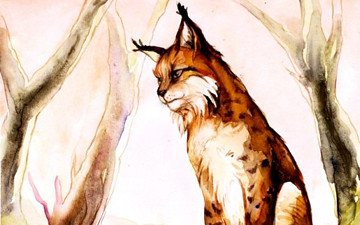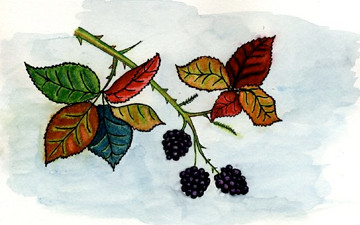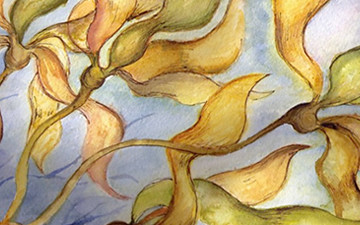Cards
(QUICK LINKS: Decks | plants | mammals | birds | | reptiles | fish | cephalopoda | insects | microbe | events
( scientist | project | modifier | technique |)

Home Card
House
• This is a HOME card. The game starts with each player having a HOME card played on the table next to each other.
• HOME cards represent all TERRAIN and CLIMATE values.

Eurasian Lynx
Lynx lynx


9 POINTS
• Lynx lynx has a MOVE of 2.
Lynx lynx adults are mainly nocturnal and live solitary lives.

Migration
Event card
PLAY: on 1 SPECIES card of any TERRAIN. This card has an immediate effect. EFFECT: The affected SPECIES card AS WELL AS adjacent cards (under the player’s control) can all MOVE: this together will count as a single action. Discard EVENT card after use.

Blackberry
Rubus ursinus



4 POINTS
• Rubus ursinus has a SPREAD of 1. (Requires an HERBIVORE or OMNIVORE). Rubus ursinus should not be confused with the popular handheld device.

Bull Kelp
Nereocystis luetkeana


5 POINTS
• Nereocystis luetkeana has a SPREAD of 1. Nereocystis luetkeana most likely gets its common name from its similarity to a bull-whip.

Leafy Sea Dragon
Phycodurus eques


10 POINTS
• Phycodurus eques has a MOVE of 2.
The leafy sea dragon is the official marine emblem of the state of South Australia.